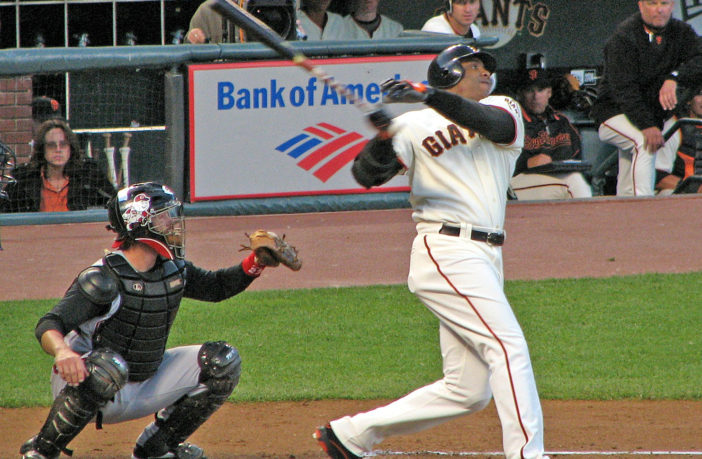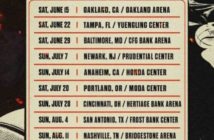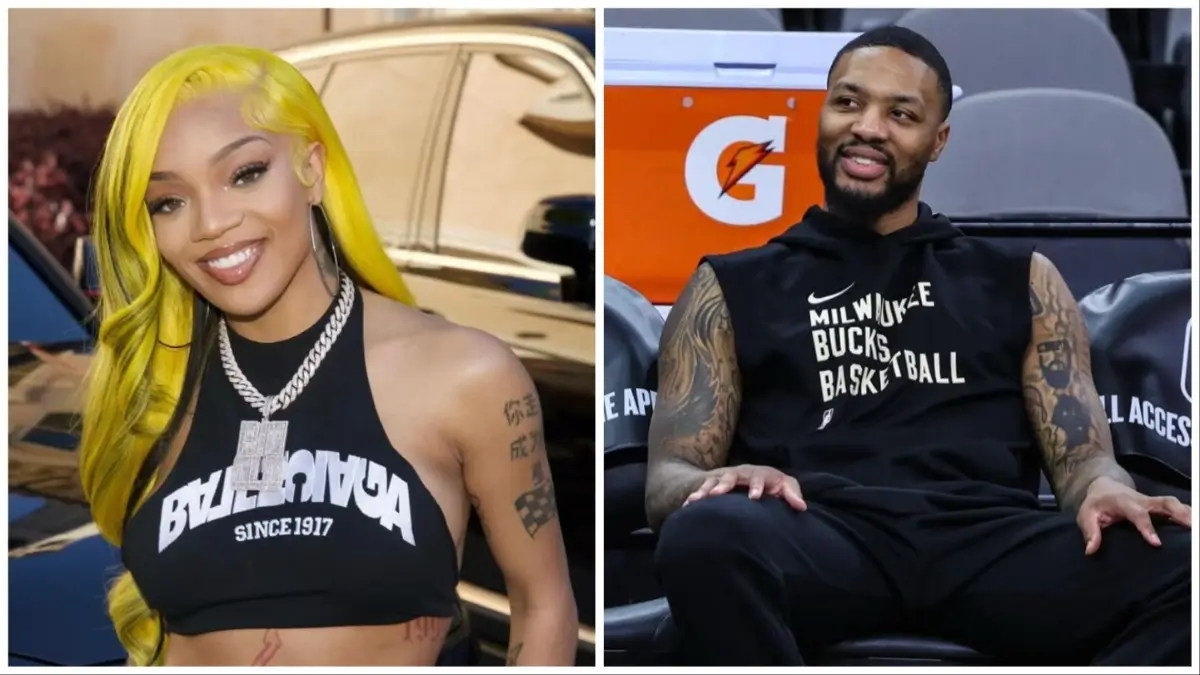U.S. residents often call Major League Baseball Players the “Boys of Summer.”
But don’t use that moniker in African American communities because the sport has miserably failed its outreach there.
In recent years, MLB officials have faced a growing and significant lack of African American representation within the sport.
Despite poaching players from the fabled Negro Leagues over half a century ago, MLB has struggled to engage with the Black community.
MLB’s continued neglect and ignorance toward the influential voice of the Black Press is also hamstringing their efforts.
Tellingly, the absence of American-born Black players during the 2022 World Series, as highlighted by Dusty Baker, the manager of the World Series Champion Houston Astros, further underscored this issue.
The 2022 World Series marked the first time since 1950 that no U.S.-born Black players appeared in MLB’s showcase championship.
A new study by The Institute for Diversity and Ethics in Sport at Central Florida revealed that Black players accounted for only 6.2% of MLB opening day rosters in 2022, marking a decline from the previous year’s record low of 7.2%.
These figures represent the lowest recorded levels since the study’s inception in 1991, when Black players comprised 18% of MLB players.
Despite these alarming statistics, MLB officials believe there are promising signs that the percentage of Black players may soon experience an upward trajectory.
Last summer’s amateur draft witnessed a historic milestone as four of the first five players chosen were Black.
Those athletes were among the numerous participants in MLB’s diversity initiatives, including the MLB Youth Academy, the DREAM Series, and the Reviving Baseball in Inner Cities (RBI) program.
In addition, MLB has committed $150 million over ten years in collaboration with the Players Alliance, a non-profit organization comprising current and former players working to enhance Black involvement at all levels.
Several years have passed since the inception of these programs, and now many of the younger participants have reached draft-eligible age.
To aid in the process, numerous Black former MLB players, such as Chris Young, who had a successful 13-year career and earned an All-Star nod in 2010, have gathered in Phoenix to support the combine.
Young recognized that while the diversity initiatives alleviate some of the financial burdens associated with baseball, the sport’s inherent expenses will likely persist.
Young told NBC News that he hopes more Black athletes will choose baseball over other popular sports like football and basketball, which have historically attracted top baseball prospects.
Examples like Arizona Cardinals quarterback Kyler Murray, who chose football, serve as reminders of the competition baseball face.
The decision of this year’s top prospect, Duce Robinson, between pursuing professional baseball or playing tight end at USC further highlights the choices young talents must make.
Young emphasized the importance of making baseball a rewarding and viable option to entice and retain exceptional athletes.
He said the emergence of athletes like Mookie Betts, widely regarded as one of the game’s best, demonstrates the potential impact these individuals can have with the proper development of each team.
As Major League Baseball acknowledges the urgency of addressing the lack of African American participation, the league has promised to continue to invest in diversity initiatives, collaborate with influential organizations, and nurture young talents.
While significant challenges persist, such as MLB’s failure to engage the Black Press and other Black media, the hope remains that these efforts will bring a renewed sense of diversity and inclusion within the sport, marking a positive step toward a more representative future for Major League Baseball.
– Written by Stacy M Brown



